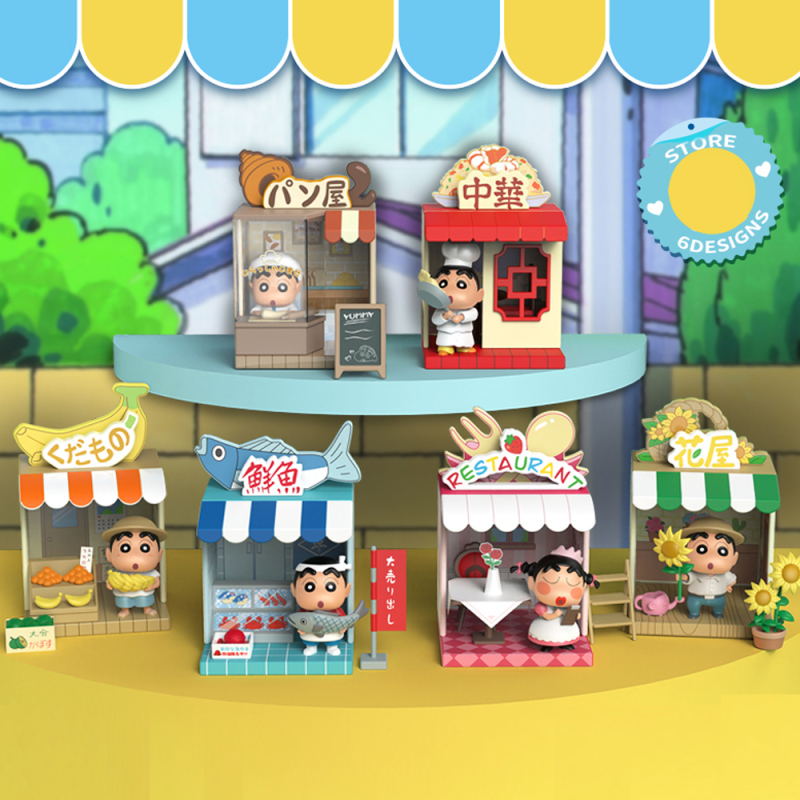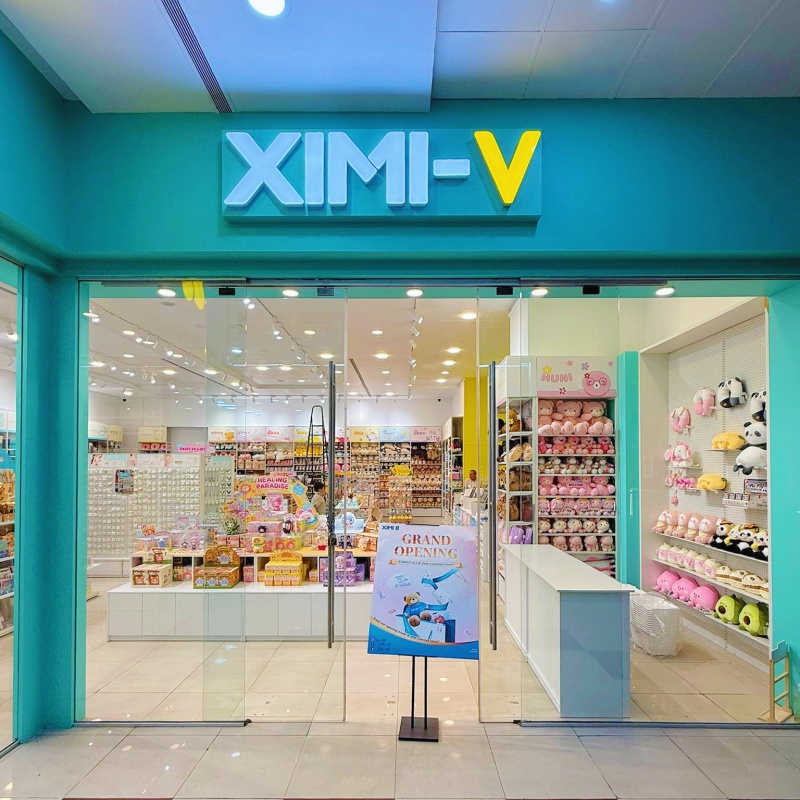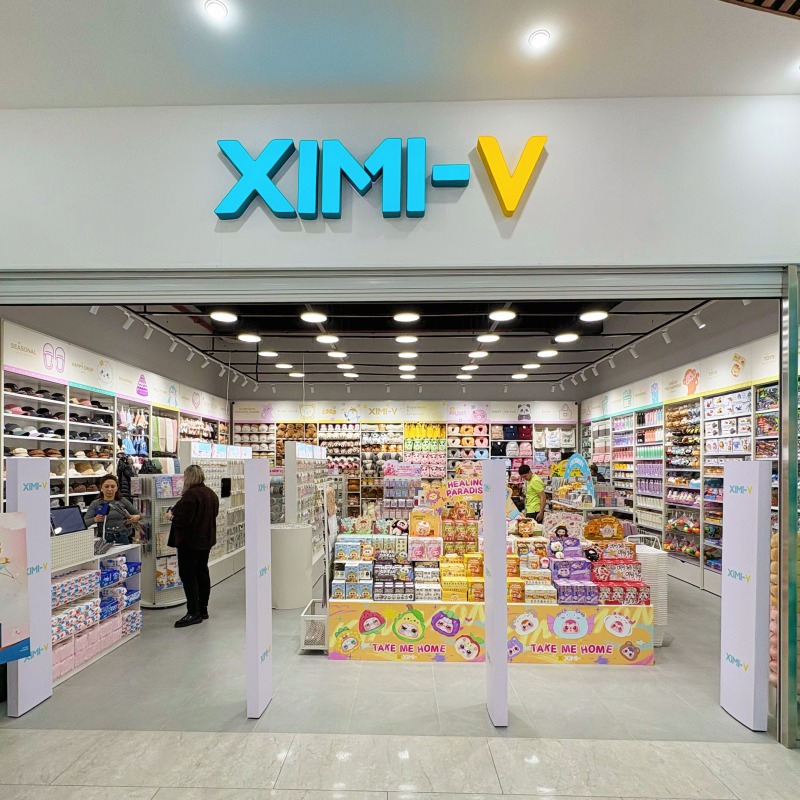How Retail Businesses Identify Target Market
Author: Celia| Keywords chosen by Celia
It is important for a retail business to identify a specific target market.
Targeting the right market is essential to understand your customer base, allocating your advertisement platforms, developing products and services, etc.
By identifying the target market, a retail business will be able to grow its revenue, customer loyalty, and conversion rate.

What is the target market for a retail store?
A target market is a group of potential customers that have common needs for a specific product or service and are willing to pay for them.
Each target market has unique characteristics, which are usually grouped by location, age, income, and lifestyle. Once you have identified your target market, you will find it easier to determine where and how to market your retail business.
How to identify the target market?
1. Identify the target market characteristics
The first step in identifying a target market is identifying its key characteristics such as demographics, psychographics, and products, and serving your target market's wants.
It is essential to know what products or services the target market needs. Retail businesses can then go ahead in offering products and services that satisfy the customers’ needs.

2. Collect objective data
To identify your target market effectively you will need to collect some objective data. It helps you to understand your potential customers and their needs and make good marketing decisions.
The data could be collected from a variety of sources. Consulting their social media platforms and web analytics is a smart way of recognizing your target market.
Once you have compiled your data, you can then apply the results to the marketing efforts of your own retail business. By analyzing the collected data, you are more likely to achieve your goal and maximize your ROI.

3. Segment your target market
Once you have collected the objective data, you can segment your market to define your ideal customers for each segment.
You can begin to segment your target market by understanding their particular habits, needs, interests, and wants. Then look at your products and services and see what new categories you can create.
After that, figure out the dimensions you want to segment the larger markets into smaller ones.

4. Create customer profiles
A customer profile is a summarized prospect of your target customer - their interests, pain points, buying patterns, and more.
A demographic profile shows the effective marketing channels for your retail business, which includes the target customers’ age, location, gender, purchase power, education level, marital status, etc.
A psychographic profile describes the interests, hobbies, and desires of the target customers that influence their choices, it reveals the types of products your customers want.

5. Understand competitors
Understanding your advantages and disadvantages relative to competitors can help you offer a good customer experience.
Researching your competitors’ marketing and sales strategies can help you spot your industry trends and set benchmarks for future growth.


 XIMIVOGUE Minimalism Series Jewelry Pieces Redefined for Modern Lifestyles
XIMIVOGUE Minimalism Series Jewelry Pieces Redefined for Modern Lifestyles
 XIMIVOGUE New Store in Malaysia
XIMIVOGUE New Store in Malaysia
 Relive Your Childhood with XIMIVOGUE Crayon Shin Chan Collection
Relive Your Childhood with XIMIVOGUE Crayon Shin Chan Collection
 XIMIVOGUE Opened a New Store in Syria
XIMIVOGUE Opened a New Store in Syria
 XIMI-V New Store in Kokshetau Kazakhstan
XIMI-V New Store in Kokshetau Kazakhstan




